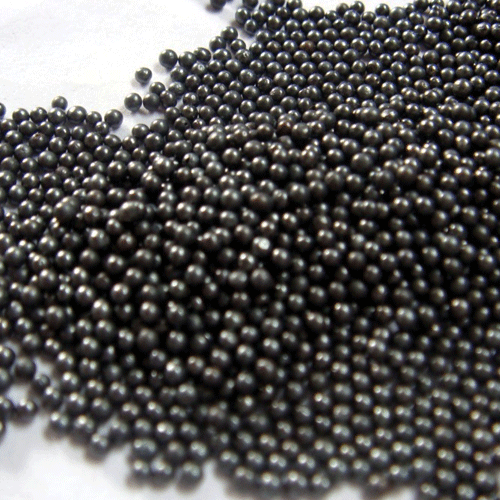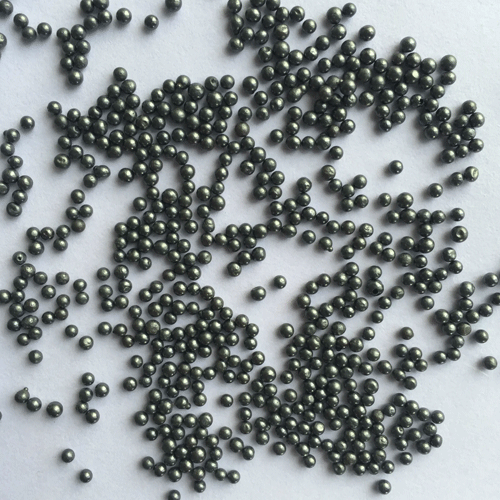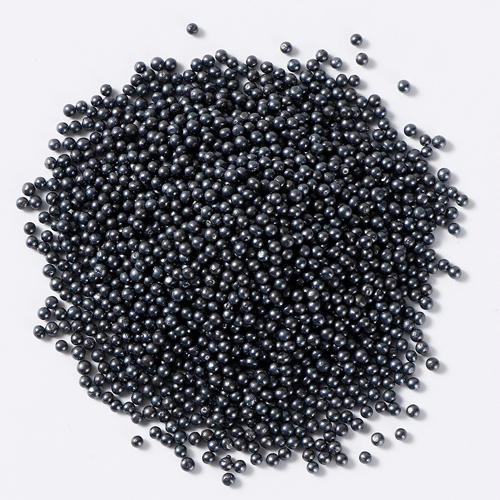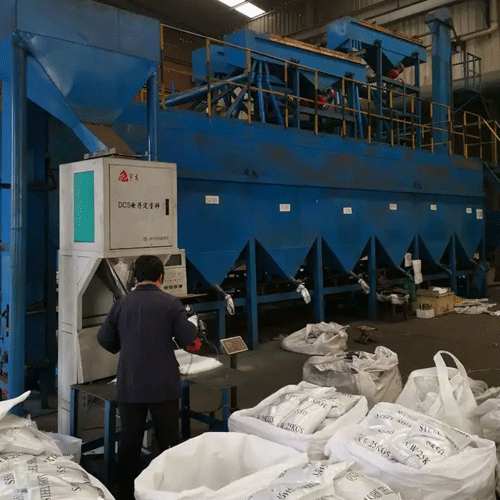Abrasive grinding operations are widely used in the automotive industry to machine multiple drivetrain, suspension, body and chassis components. For example, driveline components such as engine blocks, cylinder heads, valves, crankshafts, camshafts, bearings and gears, etc., require highly precise, smooth and polished surfaces to reduce friction and wear, ensure proper sealing or achieve smooth, Low noise effect. Free to operate. Welded and brazed body parts require a sanding operation to remove sharp edges and obtain a smooth and polished surface suitable for high-gloss painting. Various automotive grinding applications may require different types of abrasives in different configurations, which can have a significant impact on part quality, production speed, maintenance downtime and cost. This article describes the selection of appropriate abrasives for grinding applications in the automotive industry. Different types of grinding operations use sheets, discs or grinding wheels in which abrasive particles are bonded together, coated on a substrate or incorporated into a nonwoven abrasive. Bonded grinding wheels consist of abrasive grains that are compacted and bonded into a round, solid shape by a cement matrix. Coated abrasives consist of abrasives that are bonded to a belt, sheet, disc or roller with an adhesive. Nonwoven abrasives consist of three-dimensional strands of flexible fibers with abrasive particles bonded to them. The strands are pressed together to form sheets, disks, or cylinders. The choice of the type of abrasive particles to be used, and whether they will be incorporated into bonded abrasives, coated abrasives or nonwoven abrasives in the grinding operation, depends on many factors. Abrasives used in grinding operations in the automotive industry fall into two broad categories: conventional abrasives and superabrasives. Conventional abrasives include alumina (Al2O3) ceramic alumina, silicon carbide and zirconia alumina, which are the most widely used and the lowest price. Ceramic abrasives are generally harder than aluminum oxide and consist of sharp grains with aggressive shapes. Superabrasives, such as diamond or cubic boron nitride (CBN), can cost more than 50 times their traditional counterparts. However, these abrasives can be used to grind 100 times as many parts as conventional abrasives. Superabrasive can grind the hardest steel with very little wear, making it ideal for grinding operations where tool changes are infrequent. Another benefit of CBN is that these materials conduct heat more easily than traditional or ceramic abrasives, allowing for lower operating temperatures during the grinding process.
 How to judge the quality of steel shot
How to judge the quality of steel shot
 Summary of hardness of several common steel shot and steel grit
Summary of hardness of several common steel shot and steel grit
 The formation process of steel shot
The formation process of steel shot
 Steel shot centrifugal pill forming technology is the preferred choice for producing national standard steel shots
Steel shot centrifugal pill forming technology is the preferred choice for producing national standard steel shots